From Art School to Publication: Why Having an Agent is Key
last updated 07 July 2016
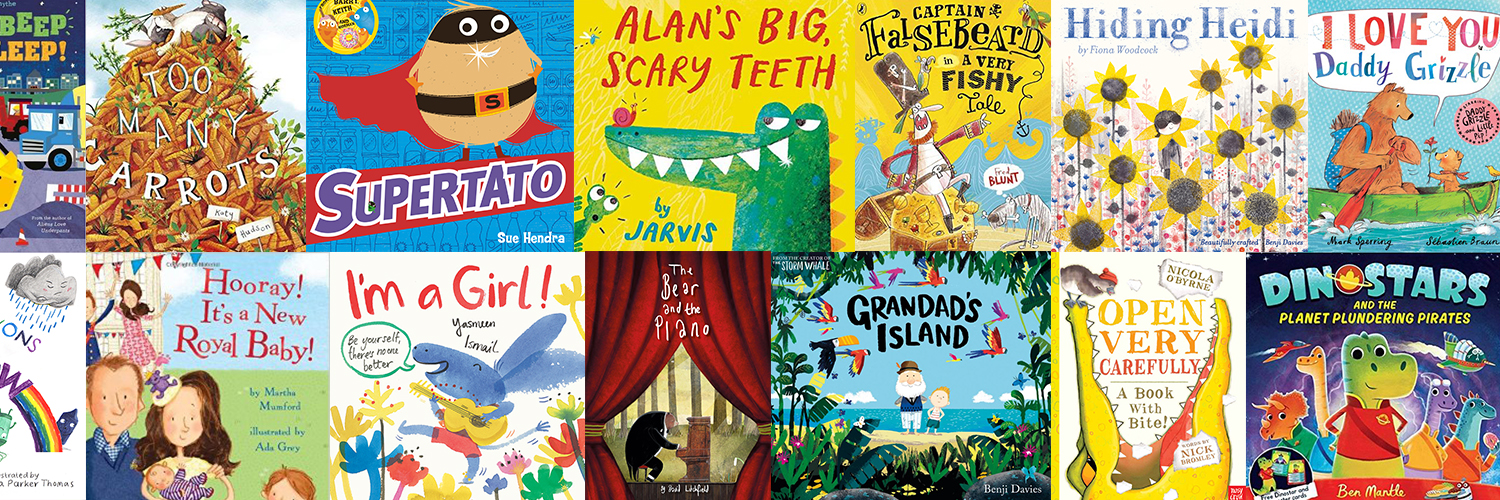
Bright Group International has been an illustration agency for over 13 years. Beginning from a tiny bedroom in Clapham, Bright Founder and MD Vicki Willden-Lebrecht made it her mission to champion artists and illustrators, to help them become the best they could possibly be and to propel those creators of children’s books back into having ‘rock star’ recognition in a world where digital was fast becoming the thing. The ethos is that a book must be valued as a beautiful creation, unlike anything the digital world can offer. There is no doubt that there will always be a place for children’s books in physical form — there’s just something about a book isn’t there? Any book lover will tell you that.
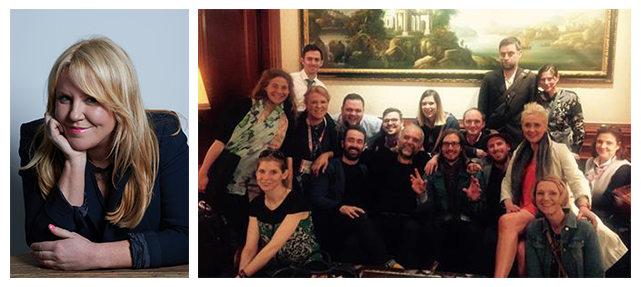
In this mini blog series, we will be exploring the motivation and vision behind an illustration agency, what drives us: why we are so good at what we do, and how an agency plays a strategic role for artists creating children’s books.
We spoke to three artists: all from different backgrounds, with different experiences, and all of whom have made a successful career in illustration since joining Bright. We also spoke to US creative Agent, Anne Moore Armstrong who has worked in children’s publishing for over 20 years.
Anne is known particularly for her flair when it comes to talent acquisition and art development and her natural way with people, especially her ability to bring out the absolute best in her artists. Here she talks about discovering artists, what it takes to make a great illustrator, and why it’s important to keep in mind the bigger picture when it comes to making children’s books . . .
The Agent: Anne Moore Armstrong
How do you go about developing an artist’s style?
I look at the range of an artist’s images to see a theme and ways that they may be seeing the world or creating worlds. I search for their strengths and help them develop areas such as line quality, gestures, emotional content and action.

When you first see an artist’s work, what is it that draws you, and what is it that makes you feel they have a future in picture books?
There is a visceral response I have to art, as most people do, so if I sense something rising up, I listen to that. Color palette choice often creates that initial impact, as does the way an artist creates characters. Are they believable or intriguing in a way that you desire to see more of them and get to know them? In picture books, it’s all about creating a world and being able to sustain a character or premise over time and within the parameters of a 32 page book, so I look for the ability to draw a character in various scenarios and emotional ranges.
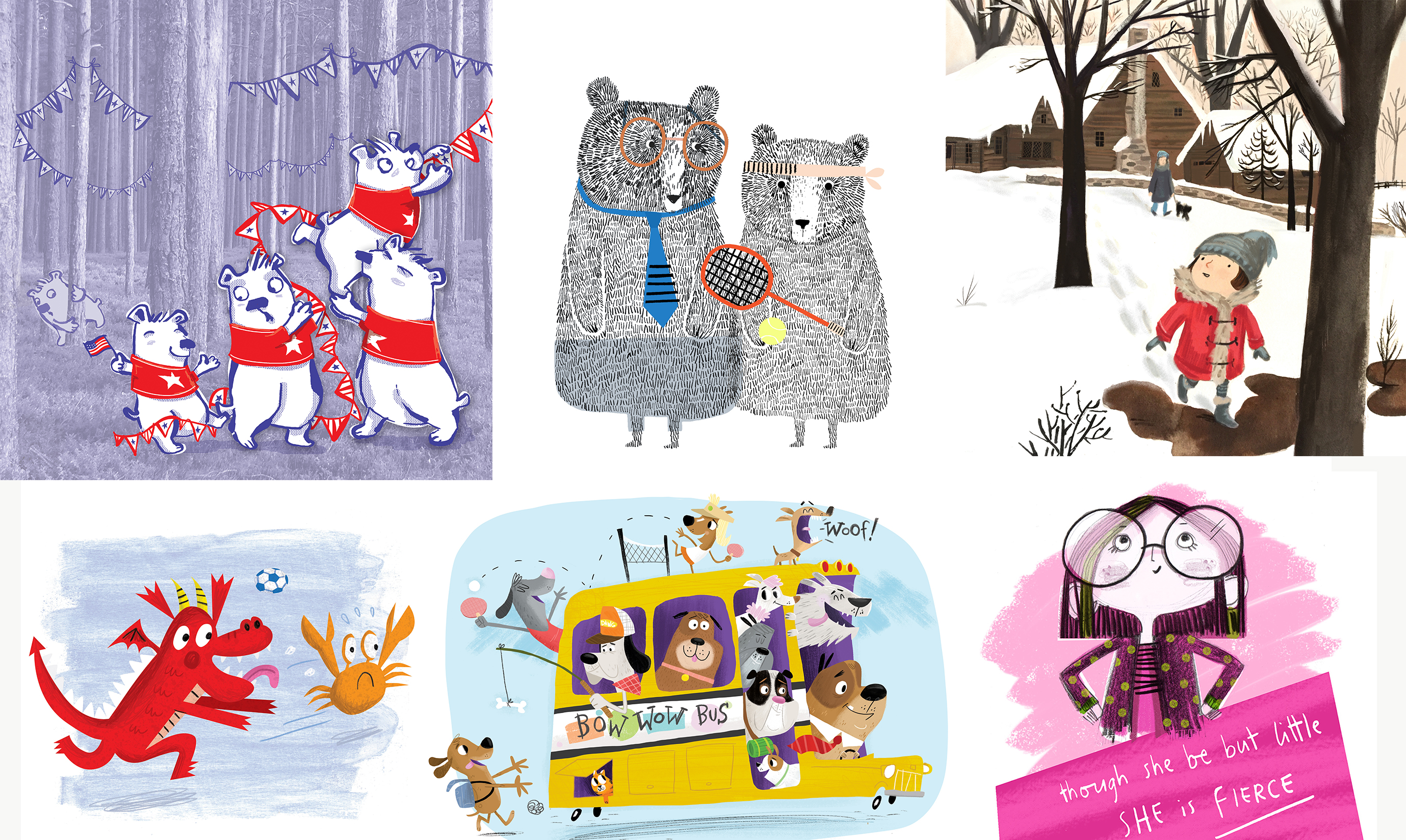
Do you seek a particular style?
Not so much, but I certainly lean toward more quirky characters and limited, intentional palettes. I like to see organic lines rather than rigid, flat lines and a good sense of dimension and ability to create perspective.

Do you think it’s possible to develop any artist if they have the right attitude and determination to succeed?
Attitude goes a long, long way, but it’s so subjective…what makes someone successful…are you willing to try something new? Stretch? Experiment with a new medium? Adapt your characters to the age/target audience? Keep creating new work while you’re waiting for a book deal? All these things make a successful illustrator.

What makes for a good picture book idea?
Ideas are like seeds – you start to water them and see what sprouts up in the process. But first and foremost, an author needs to have a story to tell. Connecting with something you have experienced or feel passionate about it is one way to tap into that. But some authors just have a wildly active imagination that fuels their stories – either way, you need that spark for a good idea. But I’d say it’s also about caring about a character and their particular predicament or dilemma – and creating the necessary intrigue to carry the story to resolution. It’s important for an author to engage in experimentation too… not every idea has to be worked through but can be a catalyst for a new idea – so to let the process take you to the essence of the story you want to tell. Asking questions of the character is key too – why is he/she in that predicament? How would they respond? Why should we care? Who might help them resolve their predicament?
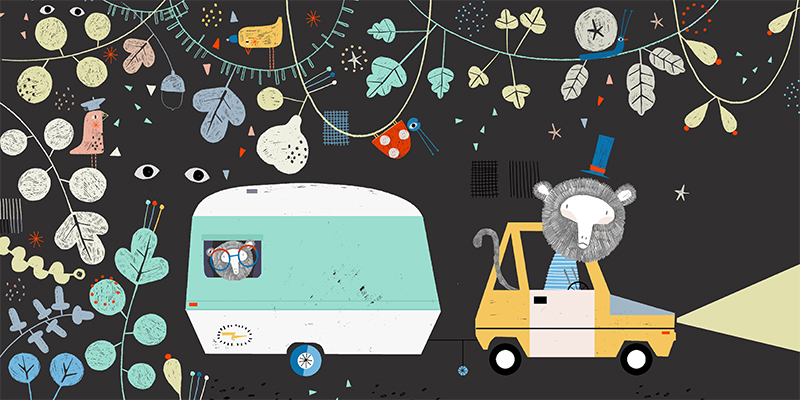
Colour palette is so important – how do you go about developing and directing this?
Color helps tell a story, so you want to use it strategically. I help illustrators identify if they are highlighting a character or moment well with their color and use of light – often times there might be too many details obscuring the action, so what I often do is help an illustrator simplify and clarify the action.
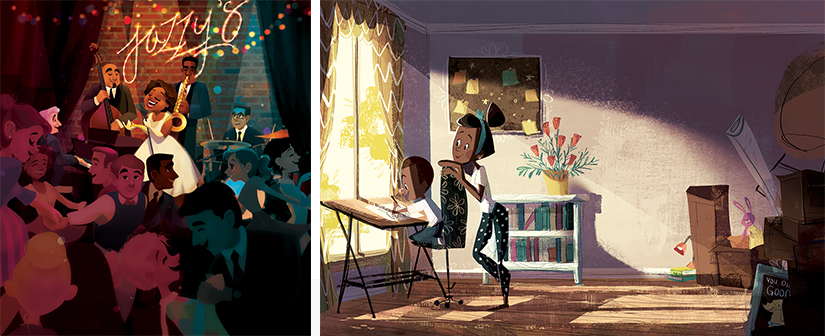
While at Candlewick Press, you found and hired Jon Klassen to illustrate a lyrical picture book by poet laureate, Ted Kooser called House Held Up By Trees – an incredible matchup that produced a New York Times Best Illustrated book for Jon and Candlewick. You are known in the industry for spotting talent and your ability to connect artists with stories and nurture and develop an artist’s strengths. But how did you start out? Do you have a background in art and design? Does one need to have an understanding of how to draw and illustrate before being able to direct an artist?
I studied semiotics in college – the study of signs and meaning – and was an English literature major. I started out as editorial support to 7 editors of New York Graphic Books and fell in love with book design. Then I assisted the Art Director of children’s books at Little Brown and took design classes to become a book designer. After that I worked in the Art department of Candlewick Press as a book designer and art directed many artists. So understanding how images and text dynamically work together on the page is something I’ve been passionate about – it matters as you tell a story. I think some people have an intuitive ability or innate gene to see and know how to create images and meaning on a page – and some of us need to learn that over time.
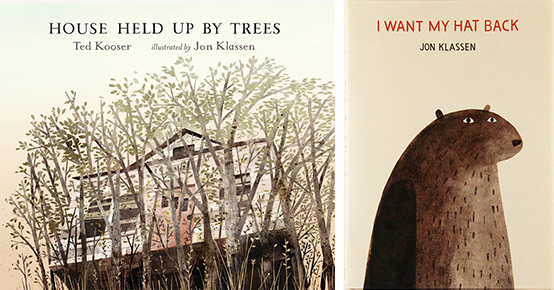
The Illustrators: David Litchfield; Nicola O’Byrne; Becca Stadtlander
With a growing collection of award nominations for his debut author/illustrated picture book, The Bear and the Piano: The AOI World Illustration Awards: The Klaus Flugge Prize: The Cambridgeshire Libraries Award and Huffington Post’s Best Children’s Book Award, to name but a few… PLUS his first award win this year: The Waterstones Book Prize for Best Illustrated Book 2016, it’s been an unbelievably exciting turn of events for David Litchfield.
David is a great example of someone who didn’t initially set out to make books. His journey is inspiring and proof that if you really believe in something, and work hard, you can be a success.

“Usually what happens is I will draw something in my sketchbook — a character, or scene — and if it’s any good I will start to think about what the story is behind it. That’s what happened with The Bear & The Piano, in that I did a quick sketch of a big grizzly bear wearing a tuxedo and playing a grand piano. I wasn’t really thinking too much about it at the time, just doodling really. When I finished I just thought it was an interesting idea, this big scary looking bear playing tenderly on the piano. I wanted to find out the bear’s story and how he learnt to play the piano and where it might take him.
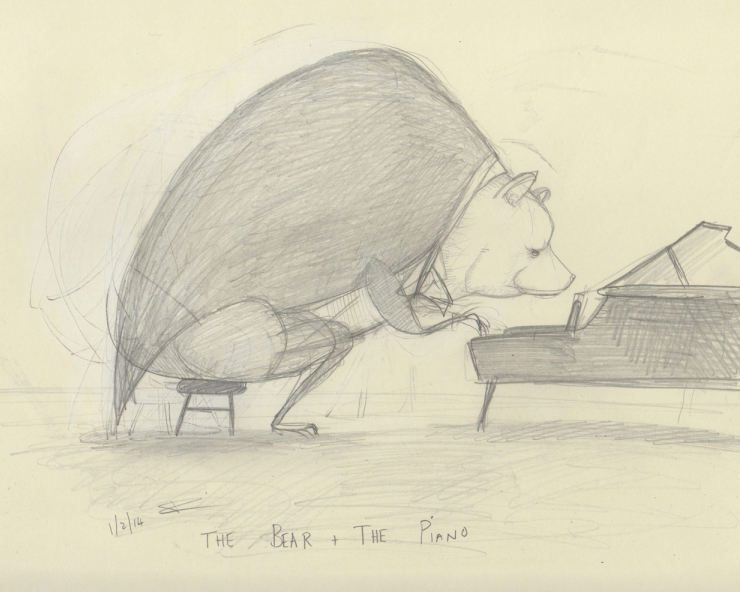
In terms of style, what’s weird is that things that I considered mistakes were what people considered to be my style. For example I used to get really frustrated with the way I draw legs and spend ages beating myself up over how bad my legs were. But then people would say things like “Oh I love the way that you draw legs, it’s so unique!”
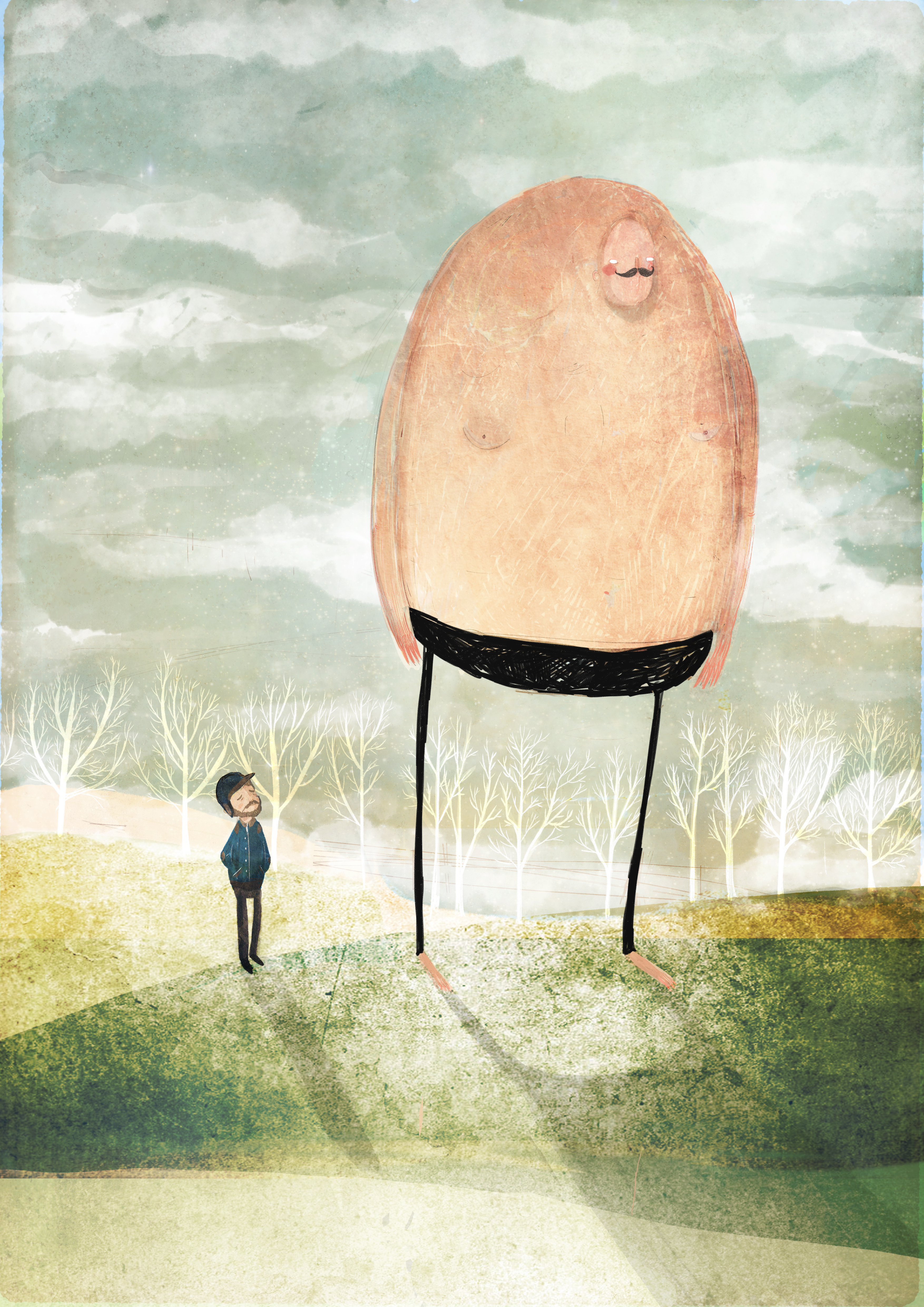](https://bright-site-production.s3.eu-west-2.amazonaws.com/post_images/211/file-211--original.jpg?X-Amz-Algorithm=AWS4-HMAC-SHA256&X-Amz-Credential=AKIAZIH6NIUHL6COTE6N%2F20251209%2Feu-west-2%2Fs3%2Faws4_request&X-Amz-Date=20251209T000057Z&X-Amz-Expires=3600&X-Amz-SignedHeaders=host&X-Amz-Signature=e757faf9aa805f1315361a82bfecadea48a46597e7fecf88cc1ccc18d5f7125e)
So I suddenly realised that maybe your mistakes — or the things that you consider are your mistakes — are actually your style.”
Nicola O’Byrne won The Waterstones Book Prize in 2014 for her inventive and interactive picture book Open Very Carefully, along with The Stockport Prize and Oldham’s Brilliant Book Award in the same year. With an extensive list of award nominations which include the CILIP Kate Greenaway Medal, Nicola continues to create her brilliantly imagined stories, often mixing fairytales with an added modern day twist.
Born in Swaziland, Nicola has lived in Papua New Guinea, Singapore, Kenya, Scotland, England and California. After studying Illustration at Edinburgh College of Art and earning a Masters in Printmaking from UAL, she now thoroughly enjoys working full time as an illustrator and author from her sunny studio in Los Angeles.
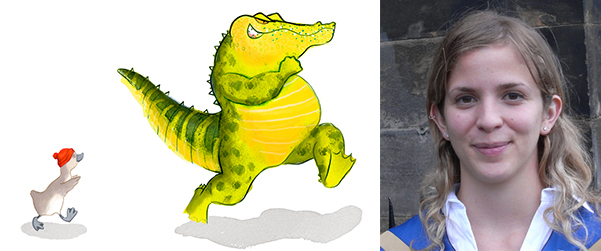
“I find it difficult to judge what my own style is! For me, the story always has to come first. This is kind of frustrating because I am an illustrator first, and an author second. The story informs the characters and I don’t even start character sketches unless I can write the full text. If I can’t explore an idea over 12 spreads, chances are I don’t know well enough what I want to say in the first place.
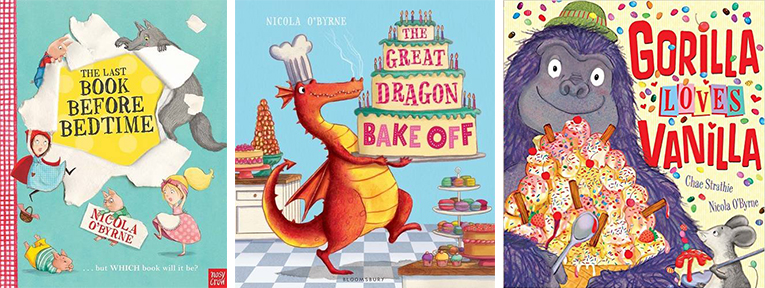
Occasionally an idea will just arrive, more or less fully formed, and it’s a joy to put down. The important thing is not to be too hard on yourself when the first draft looks awful… There might be some gems hiding in the muck, and I have some lovely, helpful editors both at Bright and at my Publisher, Nosy Crow, who know how to get the best out of me.”
Becca Stadtlander attended the Maryland Institute College of Art (BFA 2010) and currently lives and works in her hometown of Covington, Kentucky. Her work is featured on stationery, home decor products, editorial publications and young adult and children’s books. Working in both the Publishing and Art Licensing industries, Becca’s list of clients is extensive and includes Chronicle Books, Candlewick Press, Penguin Random House, Houghton Mifflin Harcourt, Anthropologie, American Greetings, Hallmark, Papyrus, Design House Greetings, Red Cap Cards, The New York Times, The Sunday Times, and many more…
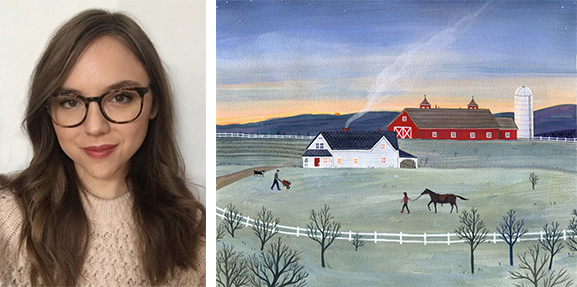
“I can’t remember ever sitting down and working on developing a particular style. It seems like it just developed over time, through a whole lot of trial and error. Also by figuring out what kind of work I liked looking at versus what I didn’t, and why. My inspiration comes from a hodgepodge of Impressionist painters, American folk art and Japanese textiles. Some of my favorite artists are Edward Gorey, Grandma Moses, Henri Rousseau, Alice and Martin Provensen, and Lisbeth Zwerger.”
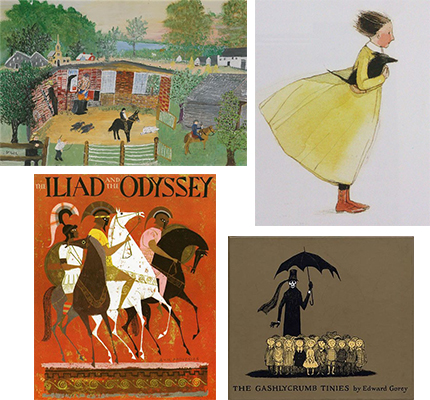
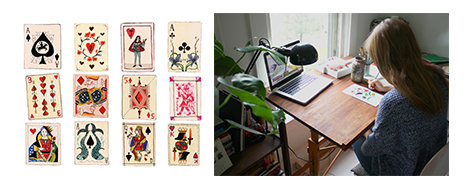
In the next part of this blog, we will find out how each artist started out and how they have developed since the beginning of their journey into publishing.
If you’d like to work with the artists featured in this blog, you can reach us via email here.
Follow David, Nicky and Becca via twitter:
@dc_litchfield @NicolaOByrne1 @rhstadtlander
Anne Moore Armstrong is based in the USA and you can reach her via email here, or via Twitter @childbookart
If you’re an artist looking for representation we’d love to hear from you. Get in touch here.